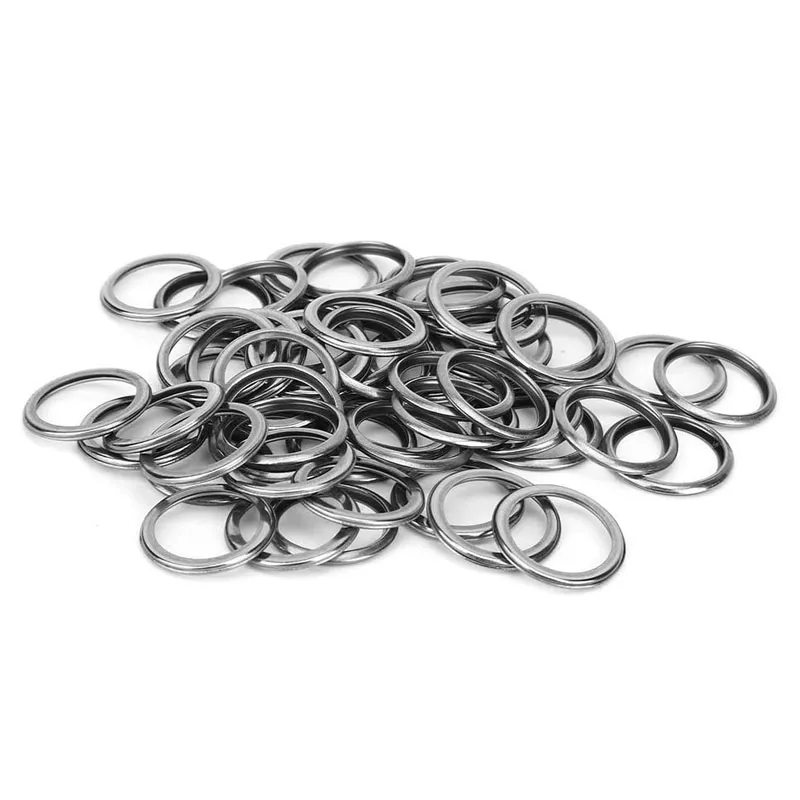rack and pinion oil seal
Understanding Rack and Pinion Oil Seals Function and Importance
In the realm of automotive and machinery engineering, the rack and pinion system plays a critical role in converting rotational motion into linear motion. This mechanism is ubiquitous in many applications, particularly in steering systems of vehicles. However, one often overlooked component that ensures the efficiency and longevity of these systems is the oil seal. Specifically, a rack and pinion oil seal is crucial for maintaining proper function and safeguarding vital components from wear and contamination.
What is a Rack and Pinion Oil Seal?
A rack and pinion oil seal is a rubber or synthetic elastomeric component designed to prevent lubricating oil from leaking out of the rack and pinion assembly. This oil is essential for reducing friction between moving parts, thereby minimizing wear and tear and ensuring smooth operation. The seal is typically located at the interface where the rack (linear component) interacts with the pinion (rotational component).
The Importance of Oil Seals
1. Leak Prevention The primary function of the rack and pinion oil seal is to prevent the leakage of lubricating oil. If oil leaks occur, the lubrication necessary for the proper functioning of the gears will diminish, leading to increased friction and potential overheating. This could ultimately result in mechanical failure.
2. Contamination Protection Oil seals also protect the internal components from external contaminants such as dirt, dust, and moisture. Contaminants can cause severe damage to the gearbox and steering mechanisms. By keeping these elements out, oil seals help maintain the integrity and performance of the rack and pinion system.
3. Extended Lifespan By preventing leaks and safeguarding against contamination, oil seals contribute to the overall durability of the equipment. Regular maintenance and the timely replacement of worn-out seals can significantly extend the lifespan of the rack and pinion assembly.
rack and pinion oil seal

Installation and Maintenance
Proper installation of a rack and pinion oil seal is critical. If not installed correctly, it may not seat properly, leading to premature failure. Here are some steps to ensure proper installation
- Clean the Area Before installation, ensure that the sealing surface is free of dirt and debris. This helps to create a tighter seal and prevents failure.
- Lubricate the Seal Lightly lubricating the oil seal with the same type of oil it will be sealing can aid in proper seating and may help during installation.
- Avoid Over-Compression When installing the seal, avoid over-compressing it, which can cause the seal to deform and lose its effectiveness.
Regular inspection during scheduled maintenance can identify wear and tear before they lead to significant issues. Signs of a failing oil seal may include visible oil leaks around the rack and pinion area or unusual noises from the steering mechanism.
Conclusion
In summary, rack and pinion oil seals are small yet vital components that play a significant role in the overall function and longevity of mechanical systems employing rack and pinion setups. Their ability to prevent oil leaks and protect against contamination is essential for maintaining effective lubrication, reducing wear, and ensuring smooth operation. Understanding the importance of these seals and implementing proper installation and maintenance practices can lead to enhanced performance and extended lifespan for vehicles and machinery alike. As technology continues to advance, the development of more durable and effective sealing materials will further enhance the reliability of rack and pinion systems, allowing for greater efficiency in various applications.
-
Simplifying Oil Changes: A Comprehensive Guide to Oil Drain Plugs and Their Variants
News Aug.04,2025
-
Mastering Oil Drain Maintenance: Solutions for Stripped, Worn, and Upgraded Oil Plugs
News Aug.04,2025
-
Fixing Oil Pan Plug Issues: Leaks, Stripped Nuts, and the Right Replacement Solutions
News Aug.04,2025
-
Everything You Need to Know About Oil Drain Plugs: Sizes, Fixes, and Upgrades
News Aug.04,2025
-
Choosing the Right Oil Drain Plug: A Guide to Sizes, Materials, and Drain Innovations
News Aug.04,2025
-
A Complete Guide to Automotive Drain Plugs: Types, Problems, and Innovative Solutions
News Aug.04,2025
-
The Ultimate Guide to Car Repair Kits: Tools and Essentials Every Driver Should Own
News Aug.01,2025
Products categories















